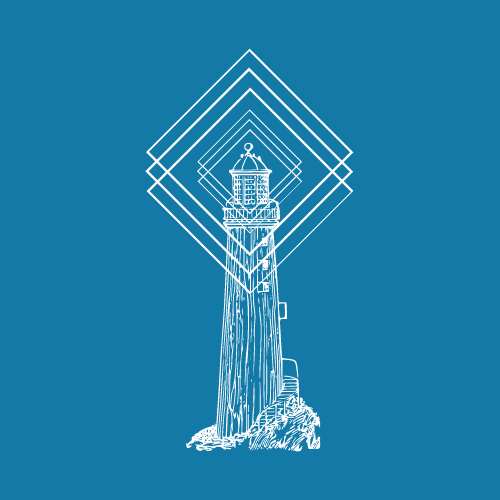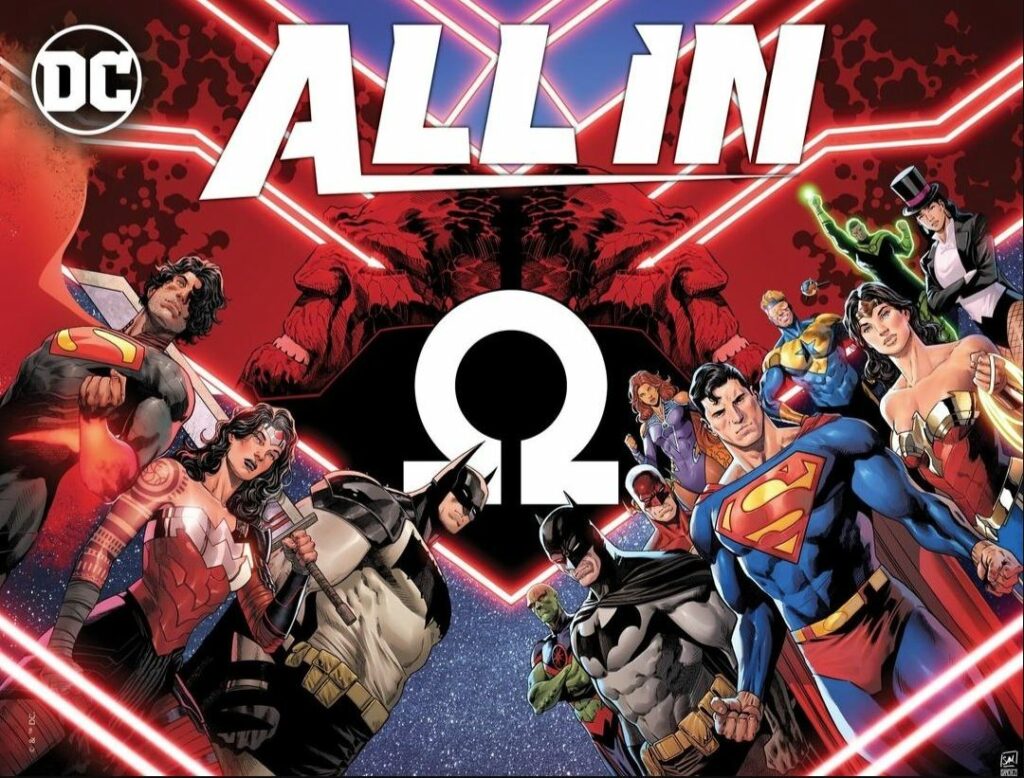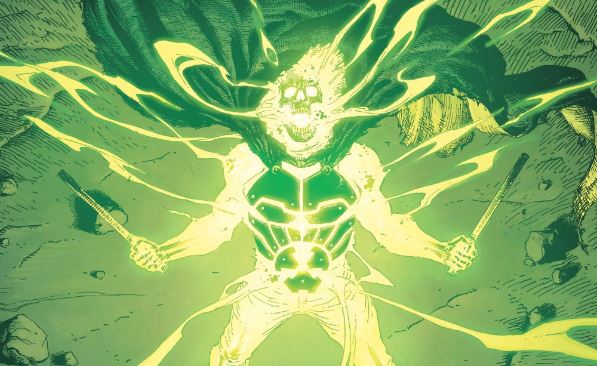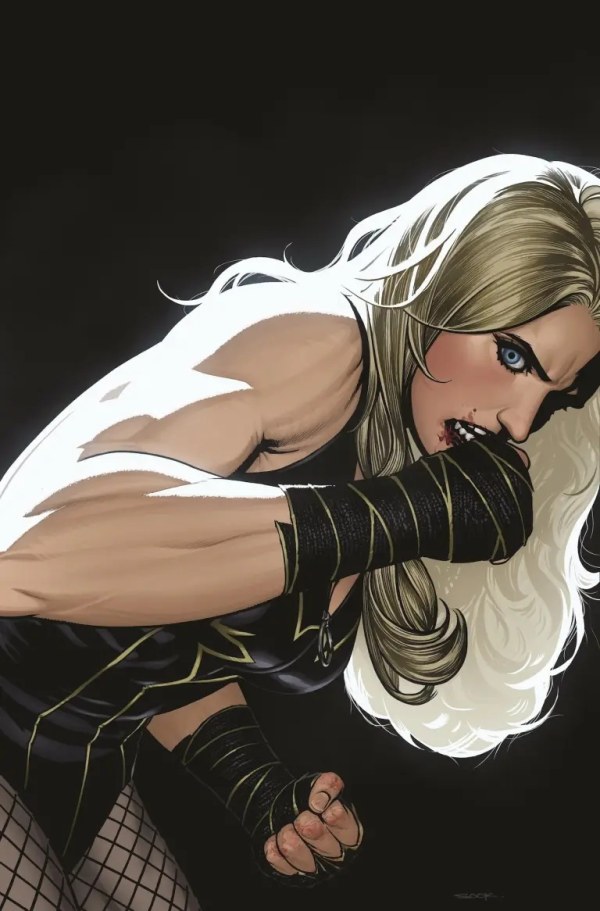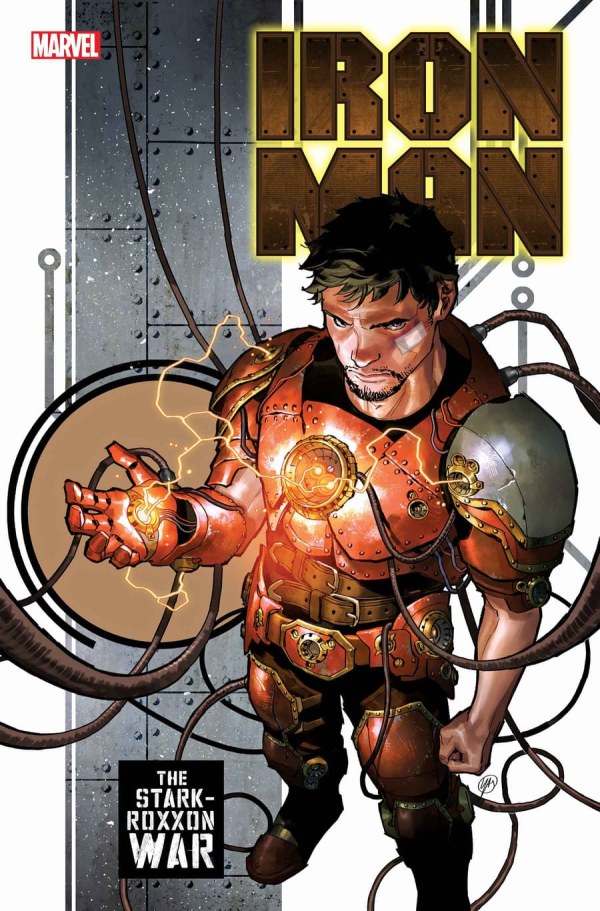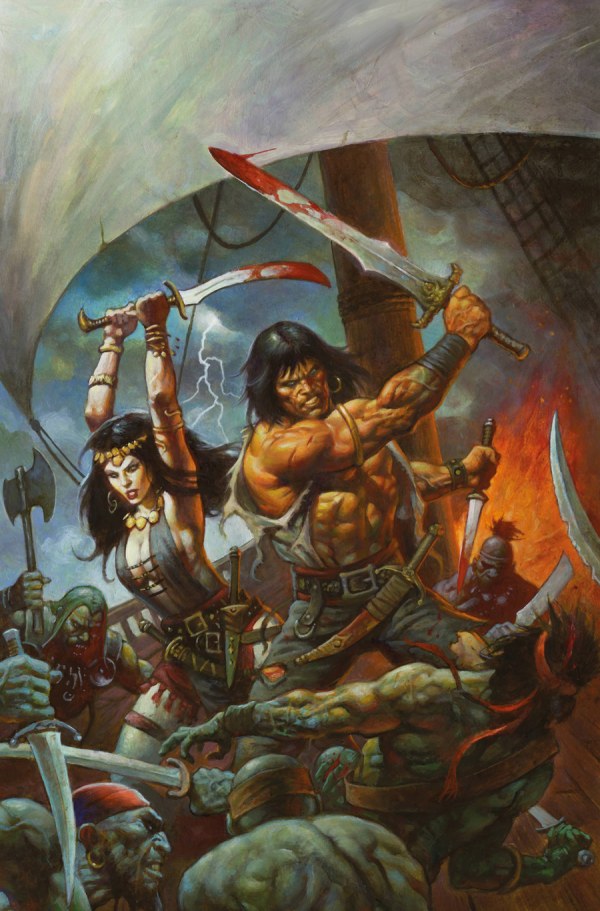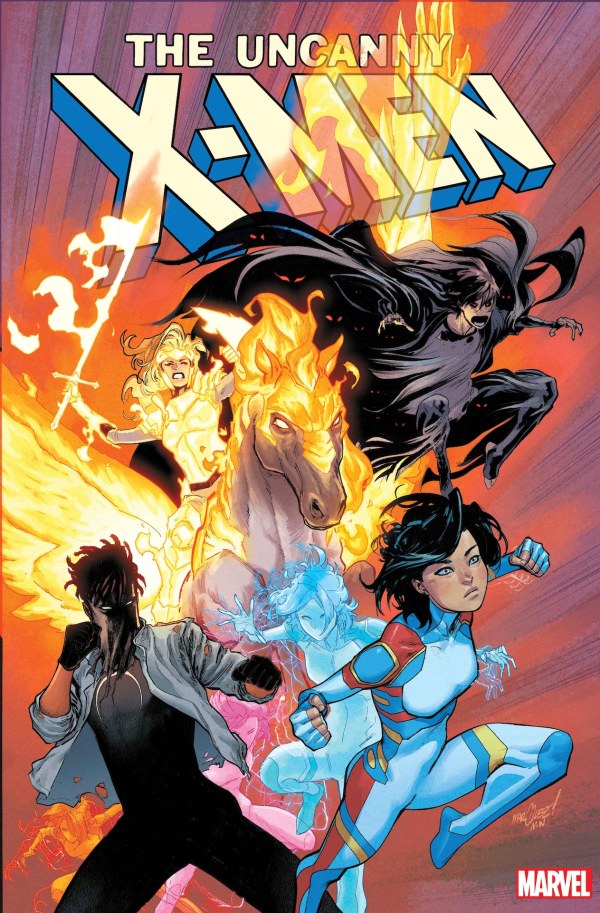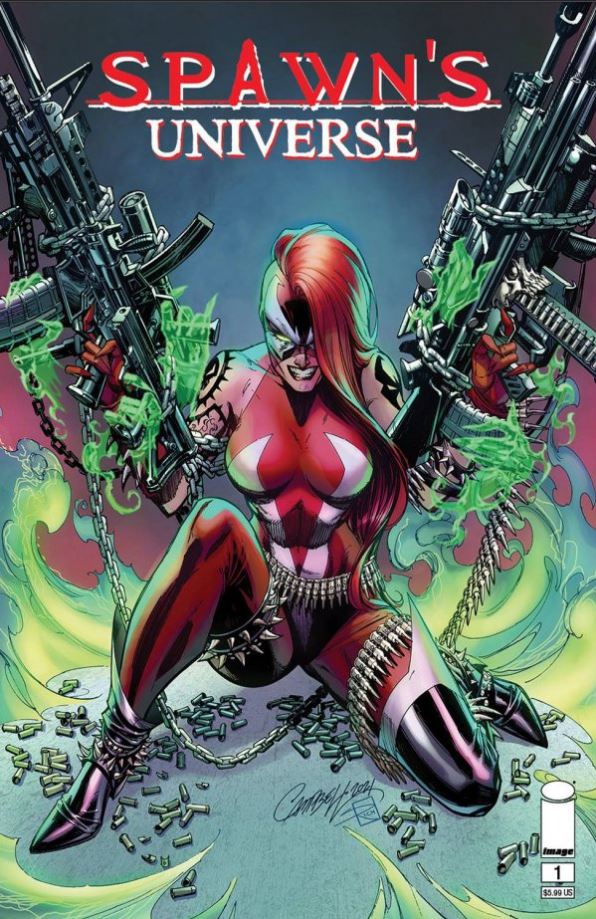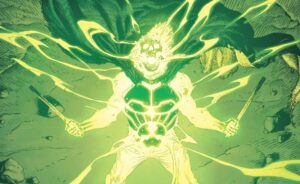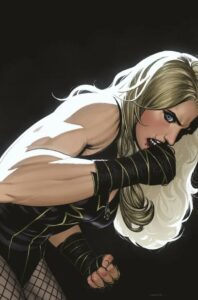DC’s latest mega-event, Absolute Power, is soon to conclude, and as the end of the year approaches so too does the next era of DC Comics.
There have been rumblings for a while that the next thing would be something else “Absolute” in nature, but what fans didn’t expect was that a whole new initiative, DC All In, would be following hot on the heels of Absolute Power – and that it would completely reinvent the way DC publishes it comics.
Table of Contents
What is DC All In?
Following on from DC All In Special #1, DC Comics’ entire publishing line is becoming part of DC All In. Like Dawn of DC before it, and Infinite Frontier and Rebirth and the New 52 before that, DC All In is a new initiative designed to refresh the board, so to speak.
The wider narrative of Dawn of DC is coming to a close with the explosive story in Absolute Power, and in its wake, things will be very different. Amanda Waller’s war on metahumans will have reached a bloody conclusion, and the last couple years of DC plotlines will have resolved. This leaves things in a unique position – one where the Justice League feel the need to reform, and new threats are on the horizon.
From a publishing perspective, DC All In represents the chance for new readers to jump on board with a slew of titles that are prioritising great characters, strong storylines, and an array of choice when it comes to the type of stories they want to read about. That stands both for the genres of stories available, but also the approach, as some of these books will centre on characters with decades of history (and will be continuing that) while others open up the line with entirely fresh takes on old characters.
Part of that is the changes coming to the mainline titles, while another part is the launch of the all-new Absolute Universe.
Is “DC All In” a Reboot?
Rest easy – DC All In is in no way a reboot of continuity. The initiative spins out of events in current storylines, particularly Absolute Power from Mark Waid and Dan Mora. Like Dawn of DC and DC Rebirth before it, this marks the beginning of a new era of storytelling, designed to provide jumping on points for new readers without erasing the continuity that has made longtime readers fans in the first place.
As part of DC All In, there will be a new universe – the Absolute Universe – that spins out in parallel with the mainline comics. Earth-0 and Absolute DC will run concurrently, both telling stories set on their respective Earths, much like Marvel’s approach with their regular continuity and their Ultimate Universe.
What is the Absolute Universe?
The Absolute Universe is a separate continuity born out of the events of DC All In Special #1.
While it still features many of the same characters as the main, Earth-0 continuity (that the rest of the All In books follow) they are presented in a markedly different way. Each new title sees its protagonist starting off in a much more isolated position than readers might find them in in other titles. Batman has no Bat-family, nor does he start off with a pre-existing relationship with Alfred. Superman seemingly is sans-Kents, and Wonder Woman’s odyssey is one of an outsider bereft of an Amazonian support network.
As for why that’s the case, Absolute architect Scott Snyder spoke to the kind of approach DC took in order to create a meaningful reinvention of these characters:
‘In this universe, the heroes come up in ways that make them underdogs. They have a lot less of the comforts and things they have in the main universe. Without spoiling things in each of the books, they have to be tougher, they have to be more resourceful, and they gotta shine brighter.’
“Absolute Batman heads up the first wave of a new Ultimates-style universe as part of DC’s All In comic book line refresh”, Newsarama.com
As for why the Absolute Universe operates this way in-universe, that’s due to the events of DC All In Special #1. The main universe, as explained in Doomsday Clock, is what’s called the “Metaverse”. When something happens to Superman and his origins within the Metaverse, everything else changes around it. For example, by changing Kal El’s origins during the New 52 – removing the Kents from his life in such a violent way – the whole world shifted around him, becoming darker and edgier as a result. As such, Earth-0 is said to operate on a kind of “Superman energy”.
The Absolute Universe, by contrast, is underpinned by “Darkseid energy”. Exactly what that means is unclear prior to the release of DC All In Special #1, but suffice to say that this new universe is based on a more chaotic, entropic foundation when compared with the baseline of hope that runs through the main continuity. Our classic heroes are darker and, in the words of Snyder, ‘more badass’ as a result.
At the start, the Absolute Universe will launch with 5 titles:
- Absolute Batman by Scott Snyder & Nick Dragotta
- Absolute Wonder Woman by Kelly Thompson & Hayden Sherman
- Absolute Superman by Jason Aaron & Rafa Sandoval
- Absolute Flash by Jeff Lemire & Nick Robles
- Absolute Green Lantern by Al Ewing & Jahnoy Lindsay
Absolute Batman and Absolute Wonder Woman will launch in October 2024, with Absolute Superman launching the month after in November.
How does this compare with DC Elseworlds?
DC’s Elseworld stories are defined by taking familiar characters and putting them in unfamiliar circumstances. ‘Heroes you know, worlds you don’t,’ is the tagline of the newest relaunch of the Elseworlds concept. They are most commonly referred to as DC’s answer to Marvel’s “What If…?” concept.
In that vein, the Absolute Universe shares a lot of DNA with the Elseworlds banner of books. However, the Absolute Universe is not officially a part of the Elseworlds line.
In large part, this will be due to the fact that the Absolute world spawns out of and is tied into main continuity – a distinction that all other Elseworld titles do not share. Yes, characters from those stories have crossed over into Earth-0 from time to time, mainly during multiversal crises like Dark Nights: Death Metal, but they are not inherently tied to the main continuity, nor are they meant to be read that way.
Is this DC’s version of the Ultimate Universe?
It’s hard to ignore the timing and similarities between the Absolute and Ultimate concepts.
Both are separate universe to the main continuity of both publishers; both are born out of but thematically different from the original universes.
Furthermore, the announcement of the Absolute Universe comes within a year of Marvel’s Ultimate Universe relaunch seeing tremendous success, thanks to the new vision of Jonathan Hickman and the host of creators he’s brought in to revitalise the concept.
Yes, there are some similarities, but it would also be tough to argue that both universes are trying to achieve the same things. Marvel’s Earth-6160, the new Ultimate Universe, is very explicitly built around the concept of the Maker altering key events in history to depopulate the superhero community on an Earth he controls, installing a shadow cabal that he puppets from behind the scenes. The Absolute Universe comes instead from the death of Darkseid and the resultant formation of a whole new world that’s set askew.
One is thematically grappling with the idea of a class of untouchable elites stealing the futures of generations to come, and the radical response that heroes must take in the face of such tyranny. The other is more concerned with deconstructing and subsequently reconstructing the core mythologies of its pantheon of heroes – casting them in a new light to see which parts of them shine just the same.
If the Ultimate Universe is a response to the social and political challenges facing the world, the Absolute Universe seems to be priming itself as a response to cultural and narrative questions bound up in characters who are, at this point, institutional in the world of comics.
What’s happening to the regular DC Comics series?
In addition to the exciting launch of the Absolute Universe, the regular line of DC Comics are undergoing a metamorphosis of their own.
New Series
As part of the DC All In initiative, the publisher is keep to broaden the line with as many opportunities for new readers to jump in as possible.
To do that, this new era will see multiple new series launching each month to expand both the selection of characters and teams with stories on the shelves, but also the breadth of genres been played with. For example, November sees the debut of multiple new titles, including The Question: All Along the Watchtower – a murder mystery set on board the Justice League Watchtower.
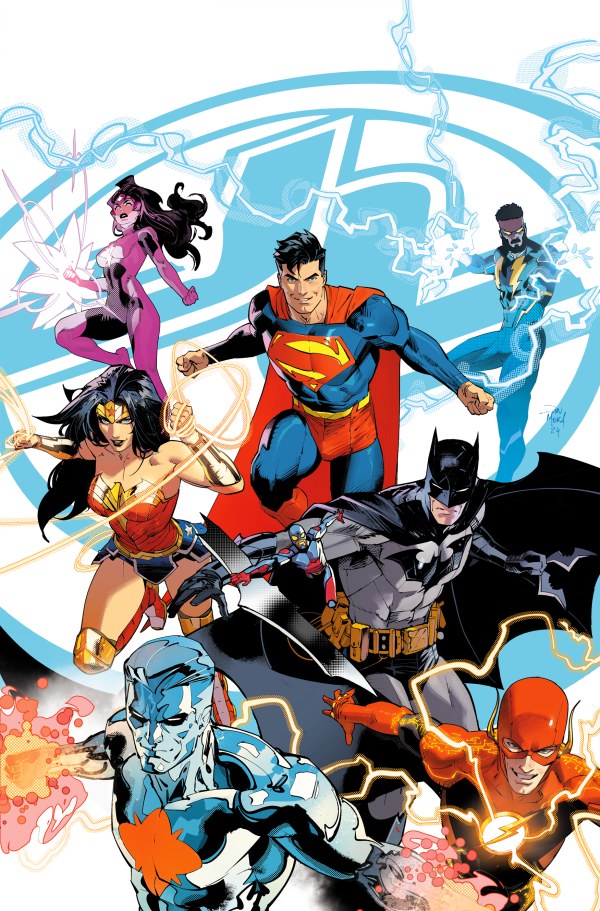


In addition to that, readers will also see classic series returning, such as the launch of a new Justice League Unlimited series, and characters who haven’t had a title in quite some time finally getting their day in the sun.
Here is a list of the new series debuting as part of DC All In, excluding those in imprints like “DC Horror Presents” and Elseworlds:
- Justice League Unlimited
- Justice Society of America
- Batman and Robin: Year One
- Black Canary: Best of the Best
- The Question: All Along the Watchtower
- Batgirl
- Black Lightning
- New Gods
On top of this there’s also all the new Absolute comics, plus any new releases under the Elseworlds banner (Green Lantern Dark, Batman the Barbarian) and DC Horror Presents.
Continuing Series, New Creative Teams
On top of completely new series, replete with big old #1’s on the cover, DC is also changing up some of the creative teams behind its ongoing series as well.
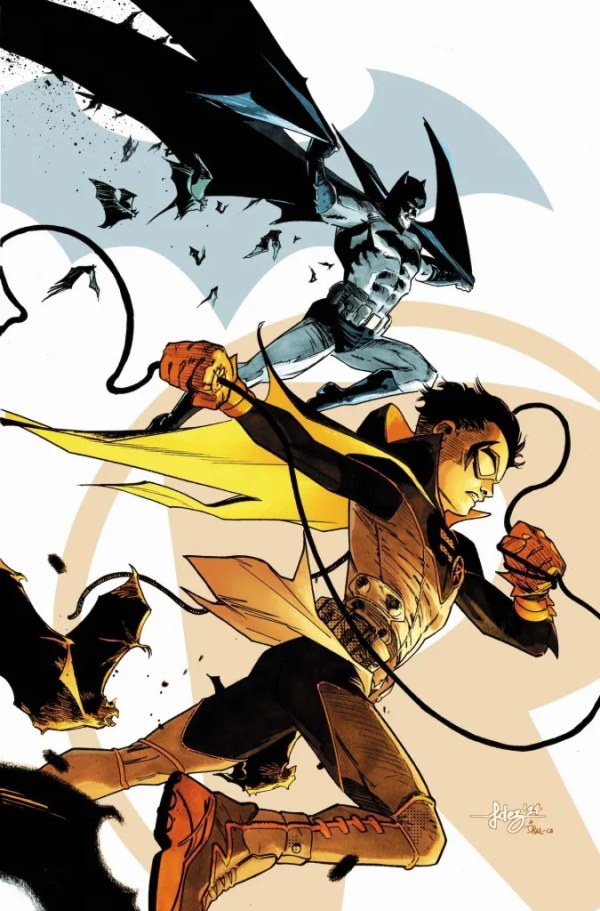
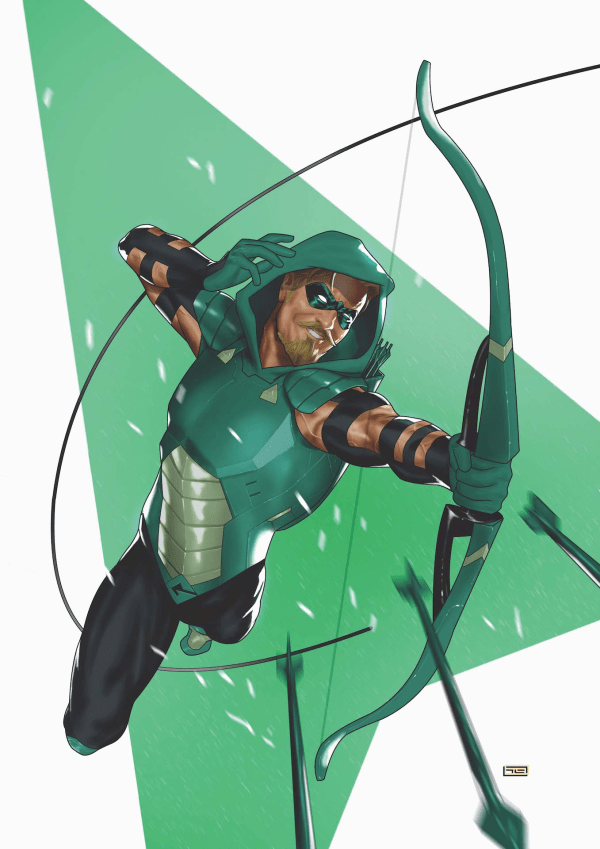
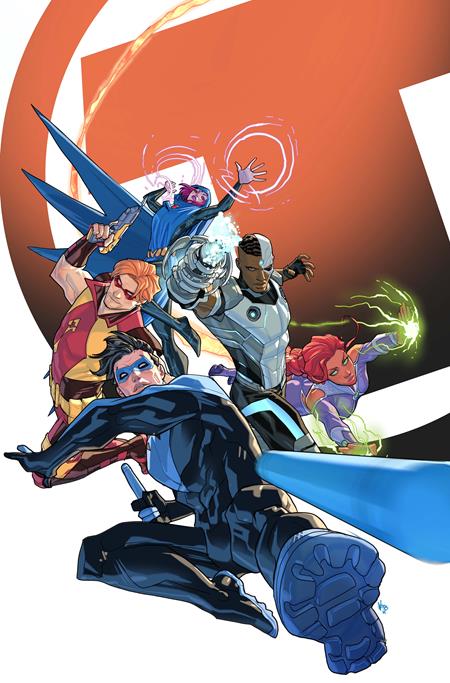
As Joshua Williamson moves off of titles like Green Arrow and Batman and Robin (and moves over more so to the Energon Universe with Skybound) new creators are stepping in to take the reins.
In the case of Green Arrow, writer Chris Condon (That Texas Blood, The Enfield Gang Massacre) and artist Montos (Green Lantern: War Journal) will be taking over proceedings, as they take Oliver back to Star City where he’ll face off against a serial killer set on shaking the city to its core. Then, in Batman and Robin, Phillip Kennedy Johnson (Action Comics, Green Lantern: War Journal, Incredible Hulk) and Javier Fernandez (King Spawn, Nightwing) send the father-son duo on a case that will test their credentials as the world’s greatest detectives.
The list of titles this is happening with are as such:
- Green Arrow
- Batman and Robin
- Titans
- Detective Comics
- Action Comics
- Catwoman
Contrary to industry-typical views that not rebooting to issue #1 is leaving money on the table, this move is incredibly exciting, and actually signals a shift in attitude that will likely benefit the long-term health of the line.
As these new storylines aren’t complete reinventions of the titles, it makes perfect sense to continue the numbering of these books and also advertise them as jumping on points with new teams. It allows each series to continue building momentum while also giving new readers the chance to jump on. It also prevents the single-issue market from being flooded with too many #1’s that, at a certain point, do less to entice new readers and in fact do more to confuse them (how many different Green Arrow #1‘s are there now?). Additionally, it means that the inevitable collected editions are able to rack up volumes higher than 2 before being reset, meaning DC has both standalone releases and longform content within the wider book market – appealing to all sort of readerships.
Historic Runs, New Jumping On Points
Finally, there are those titles that aren’t resetting via numbering or creative teams, but are instead ensuring that their ongoing runs make themselves accessible through the launch of new story arcs.
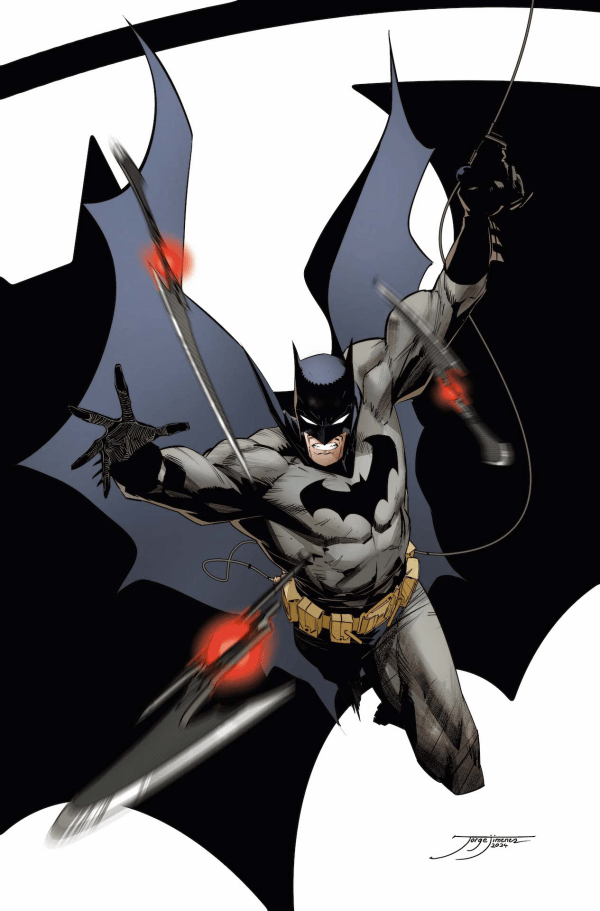
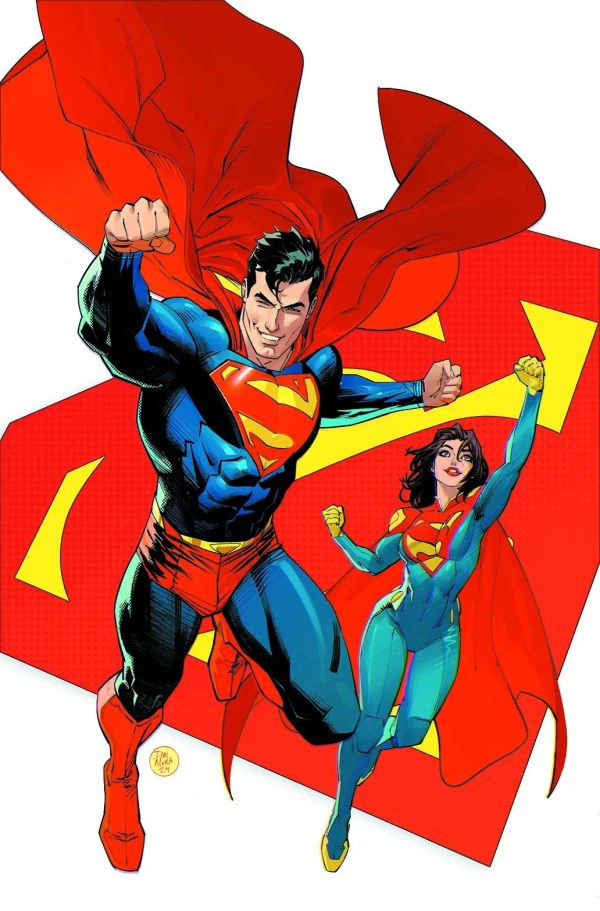
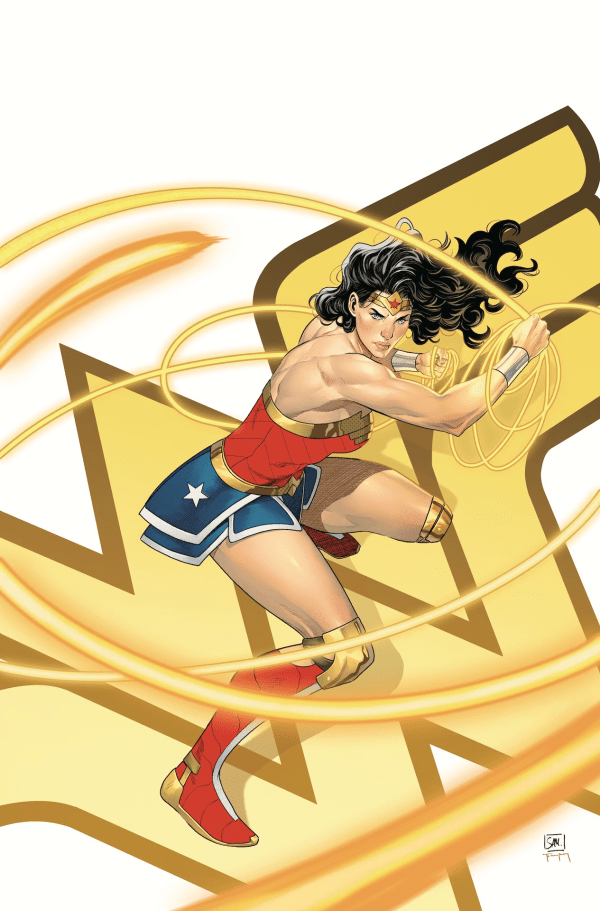
For titles like Batman, writer/artist combo of Chip Zdarsky and Jorge Jimenez will continue their run that started years ago. Now with the Failsafe and Zur-En-Arrh plotlines wrapped up, the team are in the position to offer readers new and old a completely fresh opportunity to jump (back) in on the adventures of the Dark Knight.
In this case, a brand-new story arc called “The Dying City” starts here! The official synopsis is as follows:
‘Batman is back with a vengeance and Bruce Wayne’s new public initiatives have Gotham on the verge of finally becoming a great city! Does that bright future include the Riddler, who’s seemingly gone legit? Or the new, unnerving hero, Commander Star? And can Gotham survive the shocking murder of one of its greatest citizens? The Dying City starts here with a case that only Batman can solve, but the answers may unravel his world and all of Gotham!’
Batman #153, League of Comic Geeks
Then, over in Wonder Woman, Tom King and Daniel Sampere are creating a new entry point in their ongoing saga with villain Sovereign, and in Superman Joshua Williamson is joined by Dan Mora as they kick off a new storyline featuring the return of classic villain, Doomsday.
If you enjoyed this Making Comics Simple guide, please consider signing up to our newsletter! We publish informational articles like this on comics frequently, and we also produce highly detailed critical essays on the very best of what comics have to offer.
